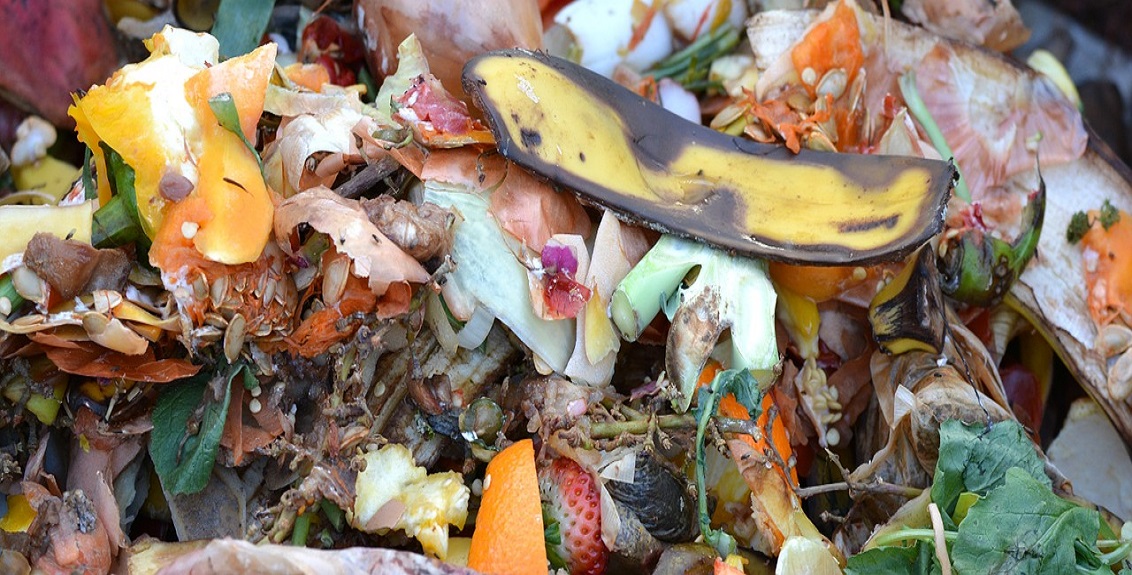Making Compost
Making compost is sometimes considered to be difficult but all you need to do is provide the right ingredients and let nature do the rest. Compost heaps can be designed to suit gardens of all sizes. You can build your own or choose from a whole range of specially designed bins, available at garden centres and through internet and mail order outlets. The finished product is rich, dark, crumbly and sweet-smelling. It is used to feed and condition the soil and in making potting mixes.
Some Tips
- Site your compost heap or bin on a level, well-drained spot, which will ensure that any excess water drains away easily. This also helps worms to get in and get on with the job of breaking down the content.
- Things to compost include vegetable peelings, fruit waste, teabags, plant prunings and grass cuttings. They break down quickly and provide important nitrogen as well as moisture. Also include things such as cardboard egg boxes, scrunched up paper and fallen leaves. These are slower to rot but provide vital fibre and carbon and also allow important air pockets to form in the mixture. Crushed eggshells can be included to add useful minerals.
- A compost heap requires regular turning as this helps to aerate and mix up the waste and cuttings, which leads to faster composting.

- You can use fallen leaves as a source of compost, but if you have large amounts of leaves they decompose very slowly and would be better used making leaf mould. Leaf mould is a wonderful compost that can be used as mulch or as a soil conditioner. The easiest way to make leaf mould is to collect leaves in black plastic bin liners. To do this, puncture several holes in the base and sides of the bag, which will help drainage and allow air to flow through the bag, preventing leaves from turning slimy. Rake up leaves regularly and put them in the bag. When almost full, ensure the leaves are damp by sprinkling with water, shake and then tie up the bag. Open the bags next autumn and you’ll find that leaves have changed into a crumbly material that is ideal to be used as mulch, helping to lock in soil moisture and prevent weeds from germinating.
